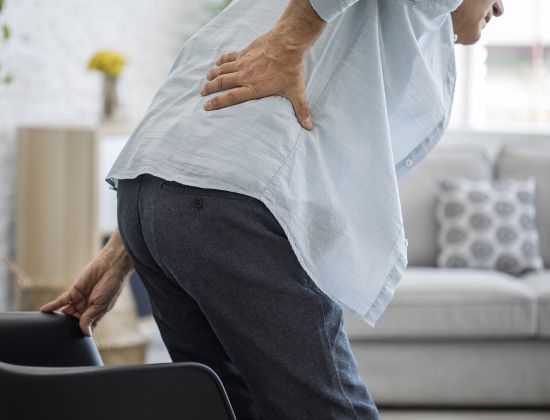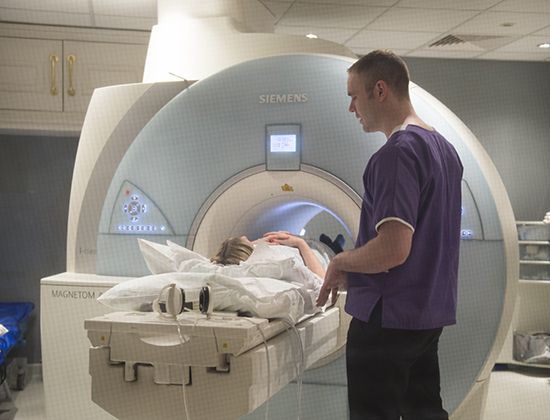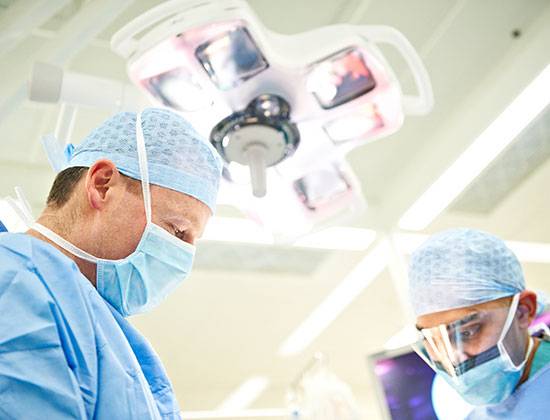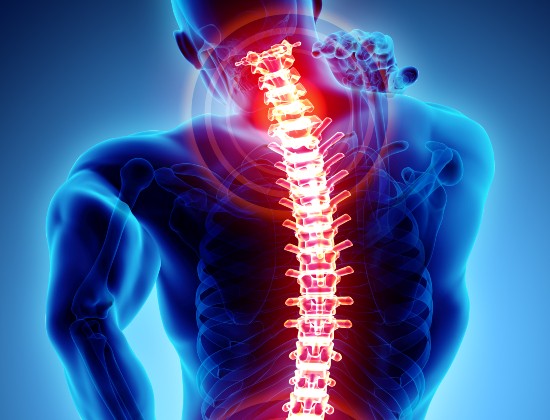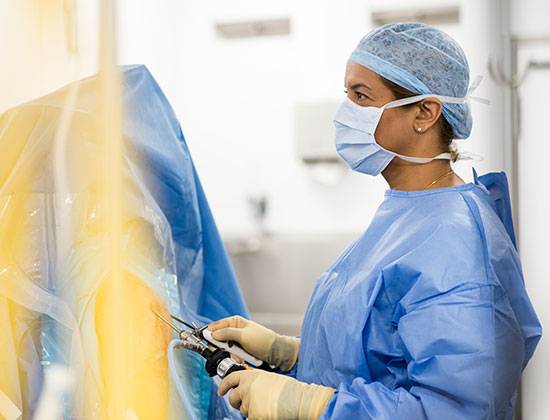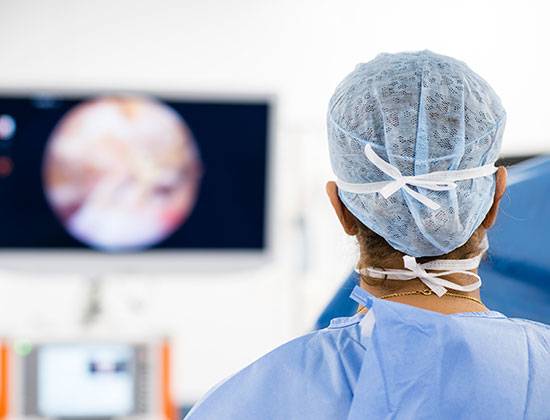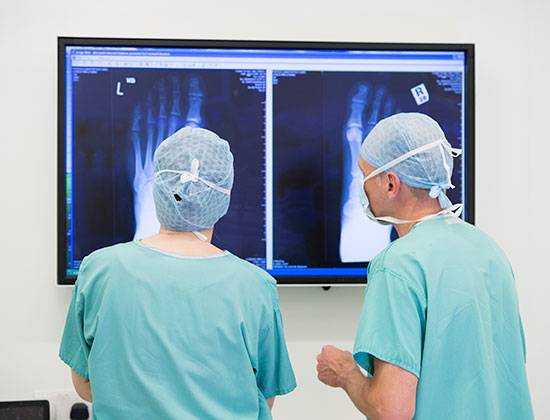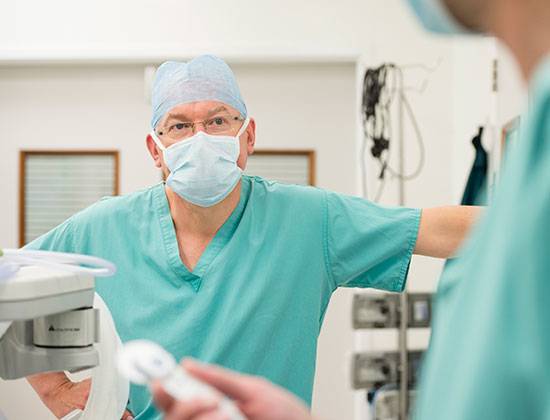Slipped disc (prolapsed or herniated disc)
Between each vertebra in the spine is a disc which is made of rubbery cartilage, allowing the spine to be flexible. Slipped discs are more common in people aged 30-50, with twice as many men affected as women. They usually occur in the lower back (lumbar spine), with the most commonly affected nerve being the sciatic nerve, causing sciatica.
Causes
A slipped disc is when the outer part of the disc splits open, allowing the soft inner part of the disc to break through. It can be caused by incorrect lifting as well as pulling, bending or twisting movements, for example when playing golf or tennis.
Symptoms
Symptoms include pain, not only in the area of the slipped disc but also where there is pressure on nearby nerves.
Diagnosis
Having discussed your symptoms, your specialist will test your reflexes, strength, movement and the sensation in your arms and legs. You may also have a ‘straight leg-raise test’ where you lie on your back while the doctor raises each of your legs in turn. If you have a slipped disc, you may find it difficult to raise your leg all the way up without being in pain or having a sensation of numbness or tingling. You may also have an X-ray to check for other conditions including osteoarthritis, and an MRI or CT scan to show which disc has slipped and the nearby nerves that are affected.
Treatment
You’ll usually be advised to stay active, taking gentle exercise such as swimming, to help you to recover more quickly.
Non-operative treatment: this includes taking anti-inflammatory medicine if advised by your doctor, along with a targeted rehabilitation programme of massage and exercise. You may also be offered spinal injections to relieve pain.
Surgery: if your symptoms don’t improve within six weeks, you may be offered surgery to remove part of the disc that is causing the problem, or to free a nerve that is being compressed. Surgery may include microdiscectomy, open discectomy,or lumbar decompression.
Important: This information is only a guideline to help you understand your treatment and what to expect. Everyone is different and your rehabilitation may be quicker or slower than other people’s. Please contact us for advice if you’re worried about any aspect of your health or recovery.
